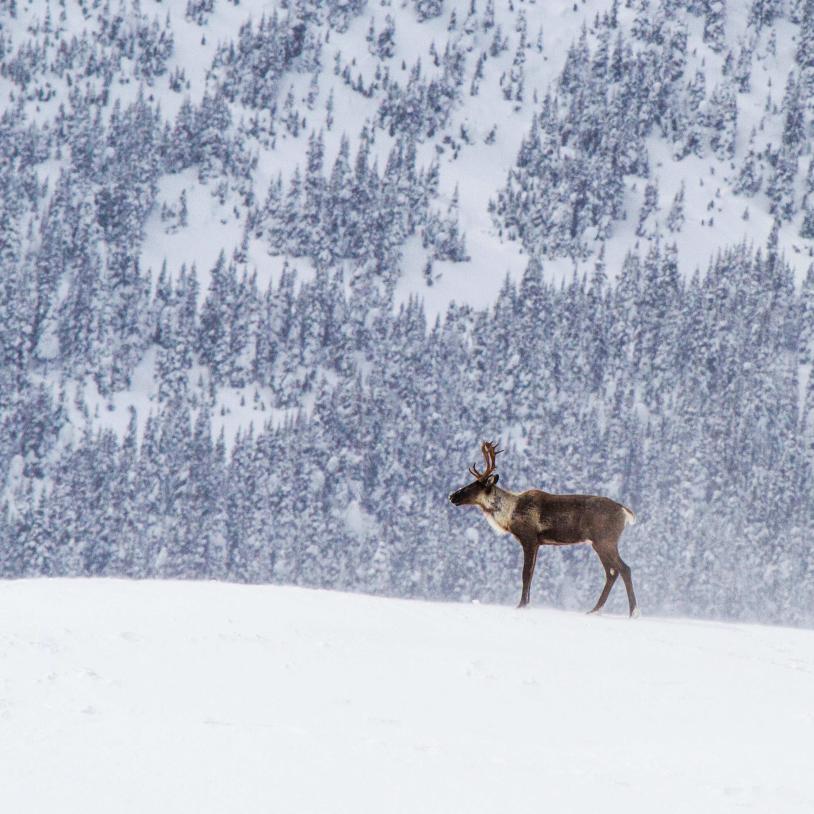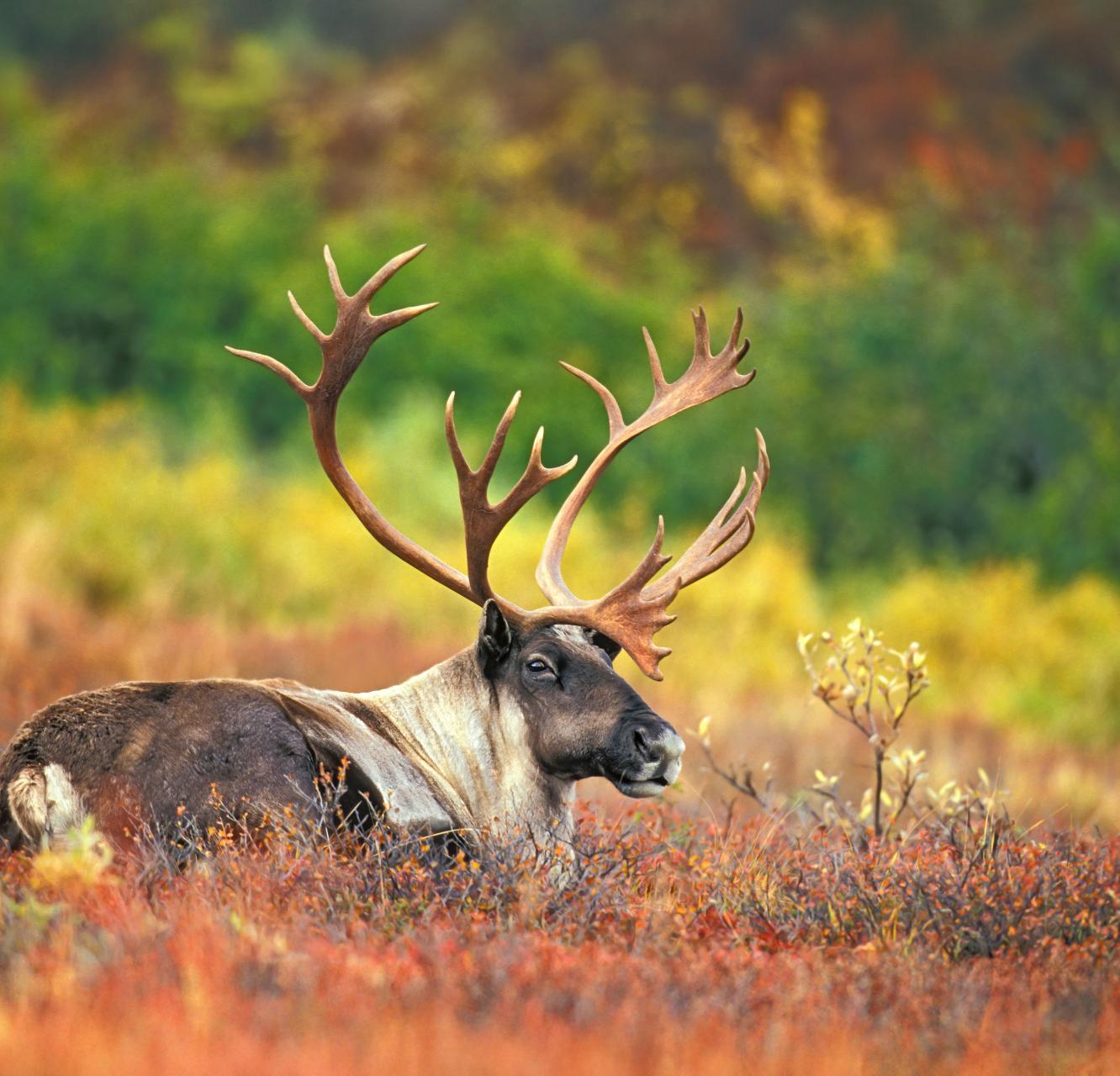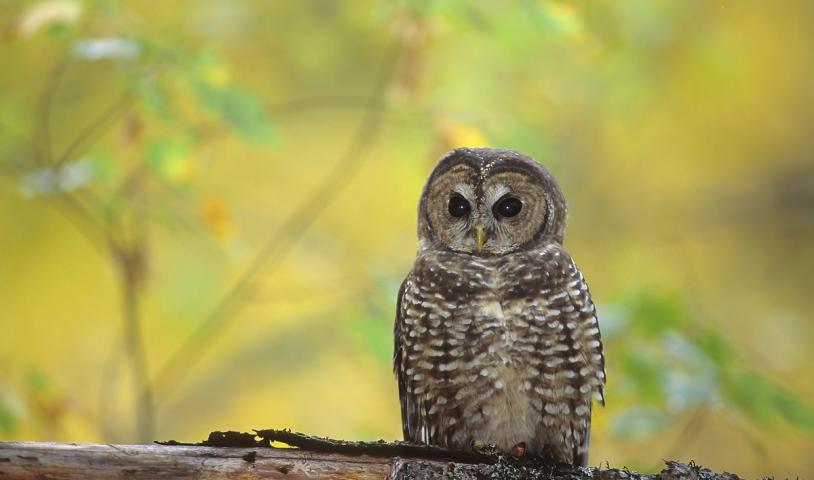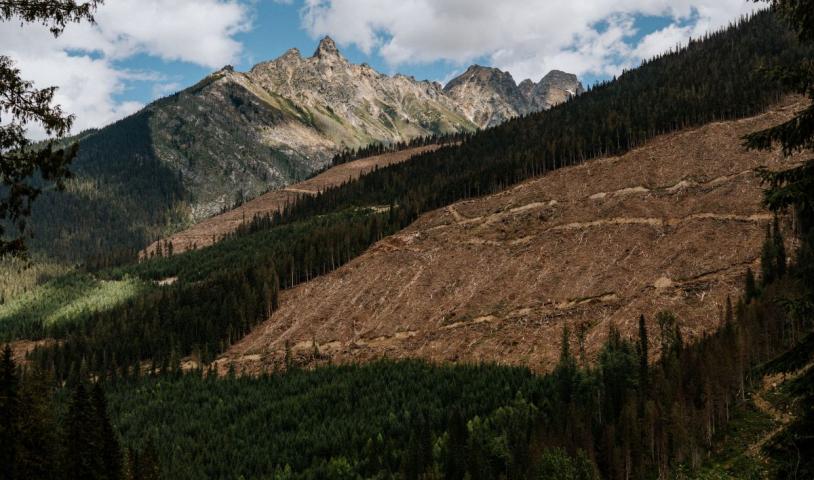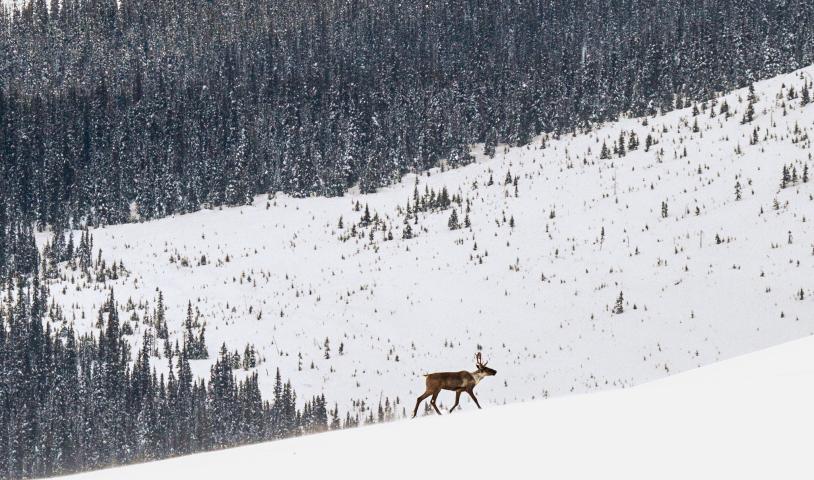SAVE THE CARIBOU AND SAVE THE BOREAL FOREST
Wednesday, April 9, 2014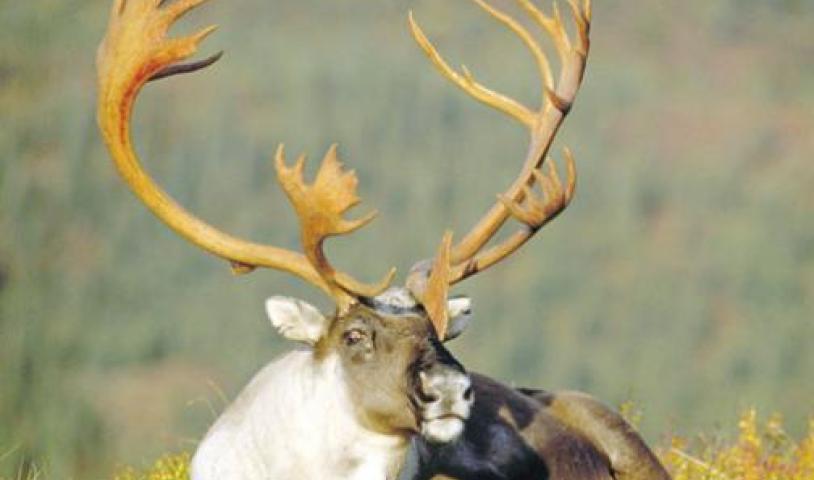
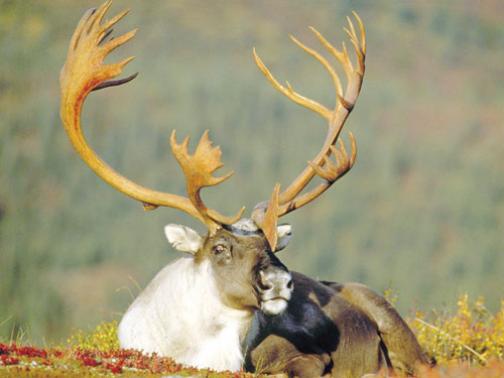
Oman Daily Observer
Endangered woodland caribou face increasing encroachment on their Canadian habitat, and foot-dragging by the federal government to try to halt this advance could now doom the species.
The cervidae, with its large snout and narrow antlers, called reindeer in Eurasia, has seen colonists, and later forestry, mining and oil and gas exploration companies carve out larger and larger swaths of its vast habitat for human activities.
As a result, its numbers in Canada have fallen steadily over the past 150 years. In Quebec province, only pockets of caribou remain, largely in the north.
This population nosedive led the federal government in June 2003 to list the boreal woodland caribou as threatened, which requires the environment minister to prepare a recovery strategy.
But that did not happen.
Frustrated by multi-year delays in sorting out how to save the caribou and other species at risk, lawyers acting on behalf of five environmental groups — the David Suzuki Foundation, Greenpeace Canada, Sierra Club BC, Wilderness Committee and Wildsight — sued the government.
Canada’s diversified economy is still heavily supported by the exploitation of its abundant natural resources, and the plaintiffs accused Ottawa of delay tactics that benefited these industries.
The federal court agreed.
“It is… apparent that the delay encountered in these four cases are just the tip of the iceberg,” Federal Court Justice Anne Mactavish said in her decision.
“There is clearly an enormous systemic problem within the relevant ministries, given the respondents’ acknowledgement that there remain some 167 species at risk for which recovery strategies have not yet been developed.”
Mactavish also ordered court oversight of the process to ensure that recovery strategies are produced in a timely fashion.
In response to the lawsuit, the government unveiled a humpback whale strategy, and issued proposed recovery strategies for the white sturgeon, murrelet and caribou, which have yet to be finalised.
Quebec is home to about a quarter of Canada’s woodland caribou herds, which are menaced not only by federal inaction but also by successive provincial governments that see wildlife protections as hurdles to job creation and economic growth.
Quebec’s forestry sector employs nearly 70,000 people and contributes almost three per cent to the province’s gross domestic product. And the industry is not shy about throwing its weight around.
Liberal leader Philippe Couillard is hoping for re-election in his hometown district of Roberval, a hotbed of forestry activities, when Quebecers vote. His party currently leads in the polls and is predicted to unseat the ruling Parti Quebecois.
On the campaign trail, the former neurosurgeon commented that saving the caribou would risk “thousands of jobs, millions of cubic metres of wood and (several) pulp mills.”
The Parti Quebecois appears to be equally apathetic about the animal’s fate, pledging to invest Can$675 million ($615 million) over three years to boost provincial logging.
Insisting that it is possible to both save the caribou and increase forestry activities, outgoing Quebec Natural Resources Minister Martine Ouellet said that the current data on the number of caribou and their range in the province is flawed.
She added that until the numbers are updated, the province has no plans to create a nature park for the caribou that would be off limits to forestry firms. — AFP
